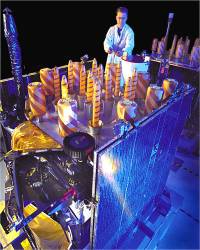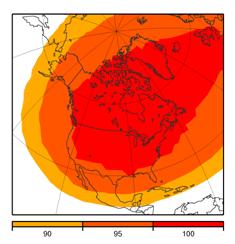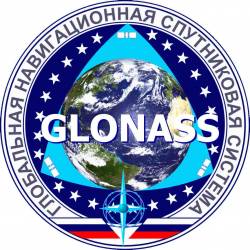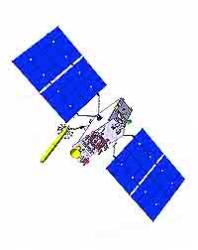FAA Predicts Erosion of GPS WAAS Service Due to Intelsat GEO Failure
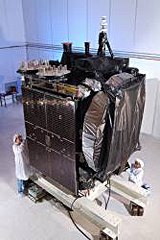 Galaxy 15 satellite under construction. Orbital Sciences photo
Galaxy 15 satellite under construction. Orbital Sciences photo[updated April 13] Federal Aviation Administration (FAA) officials say that loss of control over an Intelsat geostationary (GEO) carrying a GPS Wide Area Augmentation System (WAAS) transponder could subject users in the National Air Space (NAS) to temporary outages for the rest of this year, beginning within the next two to four weeks as the GEO drifts out of a useable orbit.
Intelsat S.A. announced the anomaly in Galaxy 15 (G-15) on April 8. Although the communications services provided by G-15, located at 133 degrees west longitude (WL), have not been affected, according to Intelsat, the satellite apparently is not responding to commands by controllers. The anomalous condition began on April 3, according to the FAA.
The Luxembourg-based Intelsat is moving an older spacecraft (G-12) that serves as a backup for G-15 from its location at 123 degrees WL. However, G-12 does not have an L-band transponder, which is needed for WAAS transmissions.
By Inside GNSS
